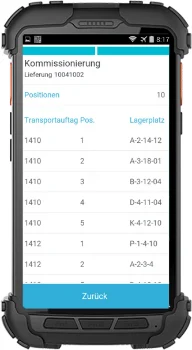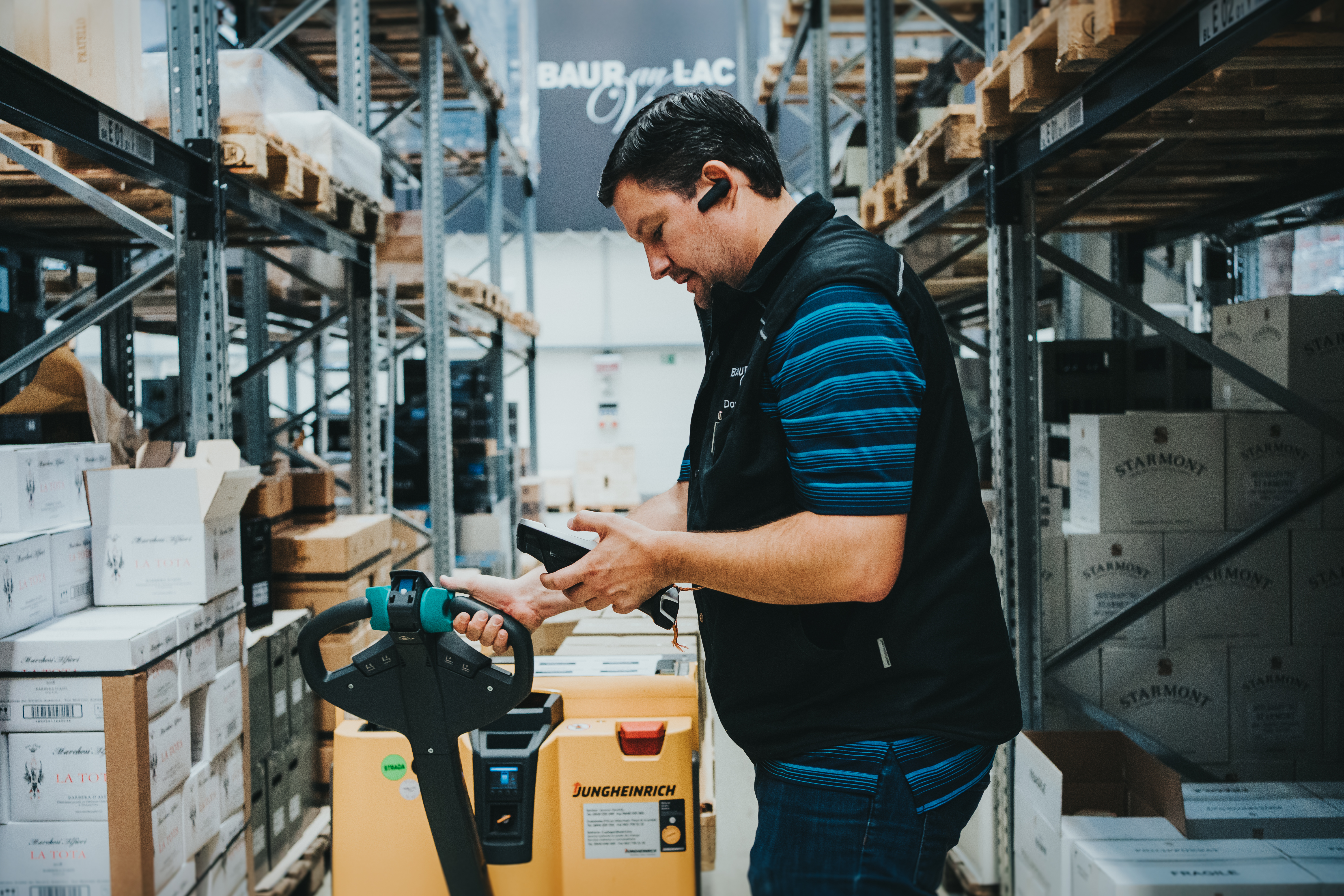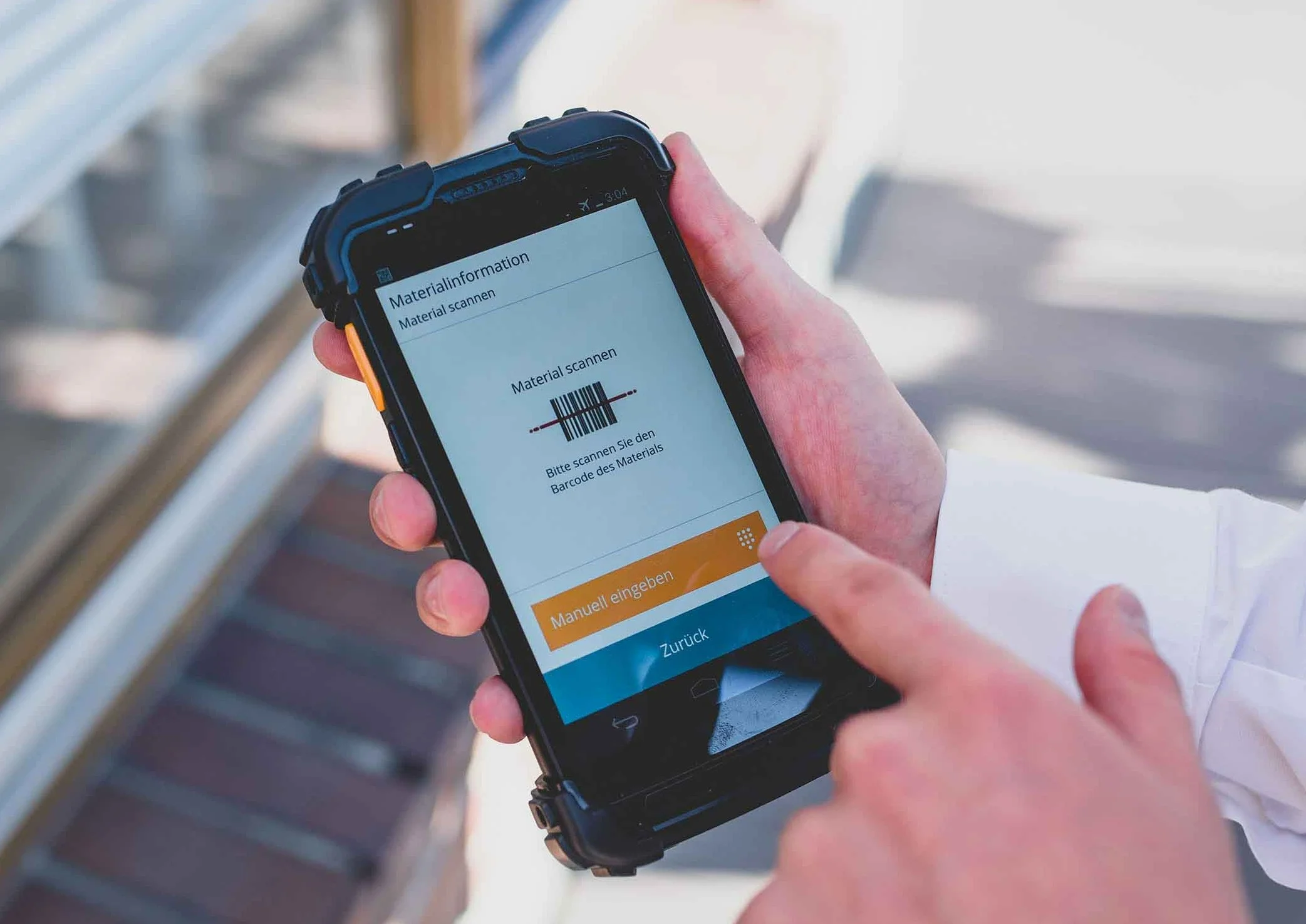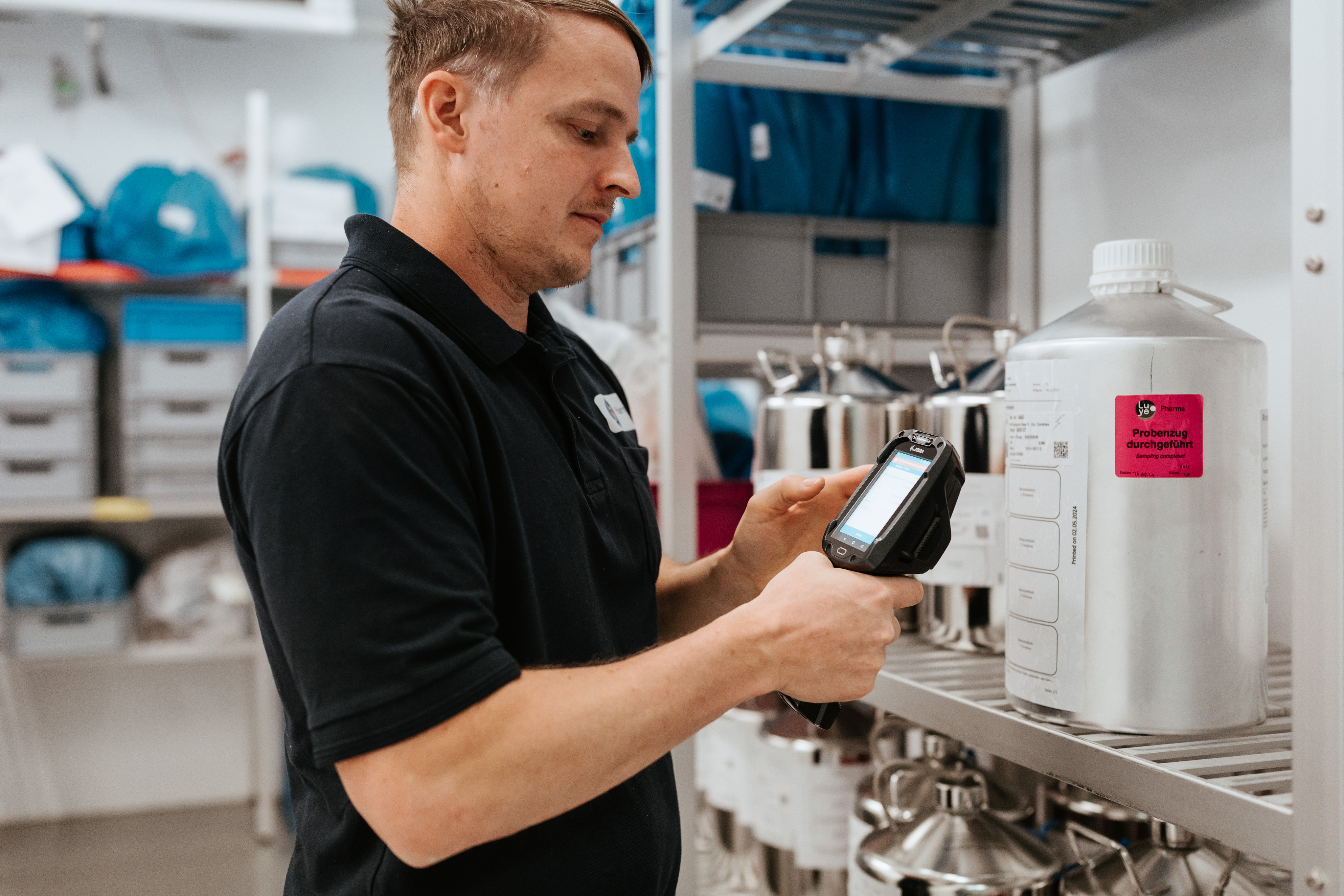Topics
SAP offers a wide range of options for configuring the processes for preparing goods for shipment to suit specific company requirements. The mobile implementation of SAP processes in picking can be just as varied as the customizing options. However, practical experience shows that there is a basic structure to mobile picking.
Overview of Mobile Processing of Shipping Orders
The warehouse employee always enters picking via an existing SAP object. For example, they receive a list of open deliveries or transports and select the shipping order to be processed. If the process is managed on the SAP side, for example by picking queues, the entry can also be made by selecting a queue.
By the way: In addition to SAP queue control, mobile software can also generate its own queues according to freely definable parameters. The same applies to so-called picking waves, which comprise related picking orders (e.g., in a specific time window or for a truck).
In SAP WM-managed warehouses, picking orders are processed via transport orders, whereby filtering with appropriate search criteria can be used (e.g., goods recipient, transport, planned delivery date).

Mobile Picking for Delivery or Transport – an Example Process
- 1. Start for the warehouse clerk:
Select the SAP delivery number using a mobile barcode scanner, OCR capture, manual entry, or selection from a list
- alternatively -
Select the SAP transport number if several deliveries are bundled into one transport. - 2. Display of the transfer order items
for the selected delivery. - 3. Selection and processing of an item
e.g., by scanning the barcode of the material or storage location or by tapping on the touch screen, and display of all relevant item data. The quantity to be picked is now entered or confirmed here. Depending on the material master, any additional information is requested (e.g., batch, serial numbers). - 4. Confirm and acknowledge the item in SAP.
The list of remaining items is updated immediately and, if necessary, displayed to the user for further processing.
Integration of Inventory Function through Zero Control.

Mobile data capture enables the meaningful linking of different processes. In our case, it is conceivable and regularly implemented in practice that picking and permanent key date inventory are processed together as mobile inventory.
The zero check provided in SAP can be used for this purpose. This means that if SAP expects an empty storage location after removal during picking, the warehouse employee can confirm this zero check on the mobile device. It is also possible to request the zero check manually on the handheld device.
In this way, inventory can be conveniently integrated into operational processes. Whether or when a zero check or a residual quantity check is performed can depend on SAP standard mechanisms (e.g., indicators on the transfer order).
In addition, freely definable criteria can be applied in the MDE app, e.g. when
- the xth execution takes place
- the storage bin should be empty due to the withdrawal
- a certain stock level is not reached
A wide variety of constellations (e.g. mixed occupancy, total stock) can be taken into account in mobile inventory counting.
Automatic Mobile Triggering of Follow-up Processes
The user is then prompted to check the empty storage location or count the remaining quantity. Posting the remaining quantity or confirming the zero check can trigger various actions, e.g., an automatic replenishment request or an email notification to the warehouse or logistics manager.
Conclusion
Order picking as part of shipping processes can be organized efficiently with mobile data capture and direct posting in SAP, as it enables the meaningful linking of different processes. For example, an inventory function can be integrated via the zero check, and corresponding follow-up processes can then also be triggered automatically on mobile devices.




